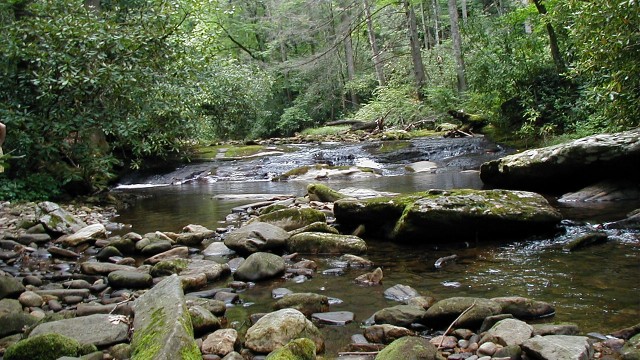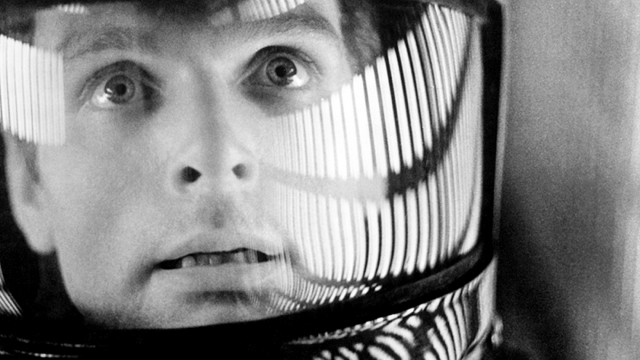The biggest problem I have with science in the modern age is that it leaves no space for genuine philosophical enquiry and religious experiencing. Both have been subsumed under the rubric of science, rather than having independent domains in their own right.
 Scientific discoveries and knowledge have become so powerful that philosophy bows in obeisance to it. Indeed, philosophy has, especially in America, turned itself a sub-discipline of science, imitating its methodology and rigor in a futile attempt to arrive at clarity. With respect to the inner life, making a religion of science may be worse than making a religion of scriptures and beliefs.
Scientific discoveries and knowledge have become so powerful that philosophy bows in obeisance to it. Indeed, philosophy has, especially in America, turned itself a sub-discipline of science, imitating its methodology and rigor in a futile attempt to arrive at clarity. With respect to the inner life, making a religion of science may be worse than making a religion of scriptures and beliefs.
Religious experiencing is new each time it occurs; religious experience is old the second time it is repeated. It’s like the old joke: A man spends 30 years seeking the truth, and when he finally discovers it, the devil comes along and says, “Here, let me help you organize it!”
Organized religion has sought accommodation, as the Catholic Church did after Galileo, or pursued its own illogical and incoherent path, ignoring scientific facts whenever they contradict its beliefs. It’s quite disturbing that 46% of Americans continue to believe in creationism (the special creation of man by a separate Creator), while another 32% believe in the oxymoron ‘theistic evolution.’ Only 15% acknowledge evolution without divine intervention. What about the other 7%?
There is a paradoxical connection between the ascent of science and the descent of religious philosophy. The continued belief in creationism by nearly half of Americans (and the notion the evolution is a ‘theory’ rather than a fact as much as gravity) is due in part to science leaving no space for philosophical enquiry and contemplative insight.
‘Mystical experience’ is a spiritual category that’s become quite popular, even in intellectual circles. Yet its proponents still feel obliged to place religious experiencing within a scientific context, especially neuroscience, which is all the rage these days.
We need a new hierarchy of domains. As I see it, science comes after philosophy, and philosophy after the contemplative life, which to my mind is negation in meditation—the state of insight, presence and compassion. So the answer isn’t more science education, but more philosophical and religious enquiry, which isn’t a function of knowledge.
It’s a warm, late-spring Sunday afternoon in northern California. There are a lot of people in the parkland, and except for too damn many dogs, it’s good to see folks enjoying nature.
As I near the alternate sitting spot, a glum man and woman with three big canines, two of them pit bulls, turn off the trail and walk down to the creek. Less than two hundred meters downstream, I arrive at the main  sitting spot. A college-aged couple is sitting on the extended trunk of a tree along the bank, drinking beer against park ordinance. But I’m not the park police, and they’re friendly.
sitting spot. A college-aged couple is sitting on the extended trunk of a tree along the bank, drinking beer against park ordinance. But I’m not the park police, and they’re friendly.
They ask whether this is my spot, and I reply I take meditations here. We chat a bit before I ask if it’s all right for me to sit below them. They say sure, so I drop down the steep bank.
Over a week ago, some young idiot (almost certainly a guy), carved the initials, “JD + CM” into the tree next to where I sit, circumscribed by an equally deeply etched heart, with the word “Love” below it. I had left a note at the base of the tree, held in place by an ironically chosen, heart-shaped stone, which read, “This is a desecration.” The note is still there.
I point to the vandalism, and ask the young couple, “This isn’t you, is it?” They laugh and say no. Even so, I feel a little behind the curve with them, but not much. The gap between discernment and presence seems to be closing.
I take my seat a little upstream from where they sit. I can still hear their voices, but the creek is flowing loudly enough that I can’t tell what they were saying. The young woman speaks in a normal voice, while the young man speaks in hushed tones.
At the very moment that passive watchfulness and listening erase all self-consciousness, and make their  presence part of the meditation, they get up to leave.
presence part of the meditation, they get up to leave.
The meditation begins in earnest, but as always, without effort. Most but not all sittings yield a meditation, though it’s always a surprise when the shift from ‘normal’ consciousness to awakened consciousness occurs.
When someone asks me what it’s like, I ask if they’re familiar with the scene in “2001, A Space Odyssey,” where the human-like supercomputer HAL’s higher functions are being disengaged after he went haywire and killed everyone onboard except a lone astronaut outside the ship at the time.
“Please Dave, stop. Don’t,” HAL repeats over and over. Sometimes one can hear the self, quietly saying the same thing as meditation imperceptibly disconnects its program. It doesn’t want to let go. It’s afraid to die.
But a greater intelligence within one continues to observe without the observer, which is the essence of meditative action. Then the entire mechanism of thought, including the operating program of the self, simply and suddenly shuts down and shuts up. That is liberation, at least until the program starts up again. Why does it?
Martin LeFevre

